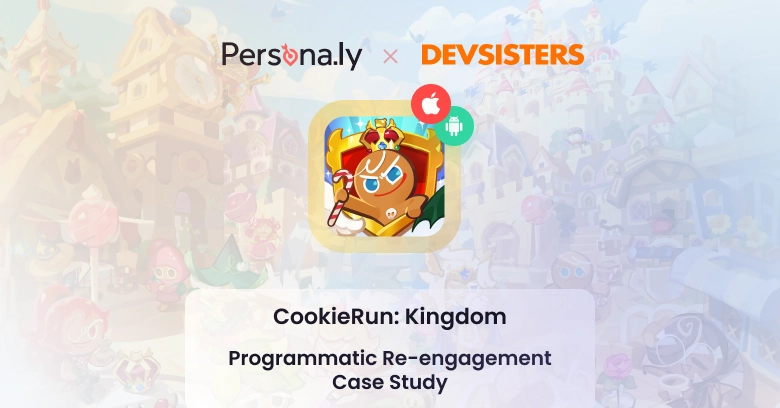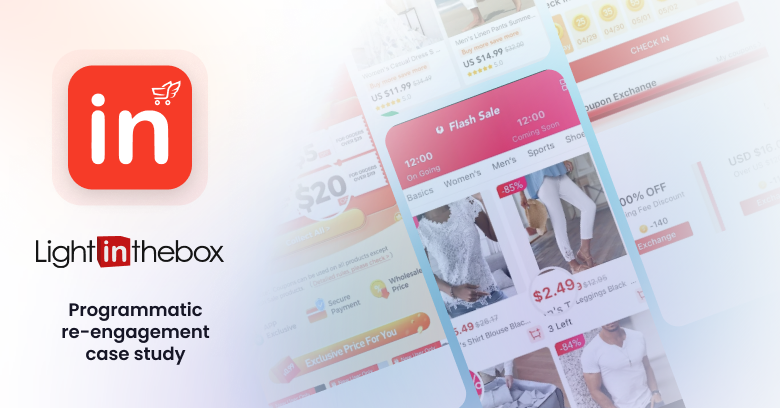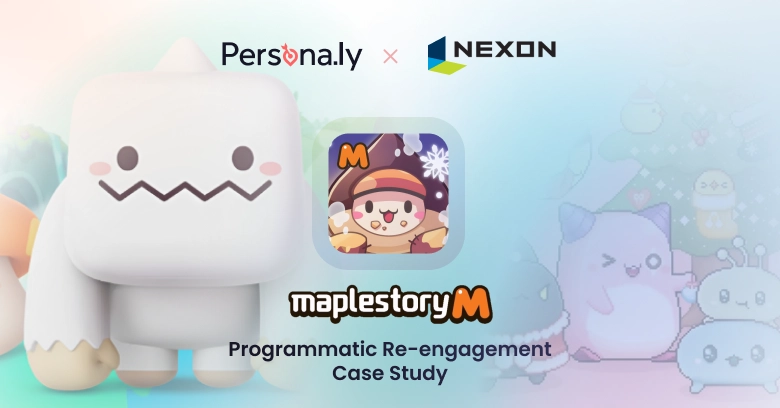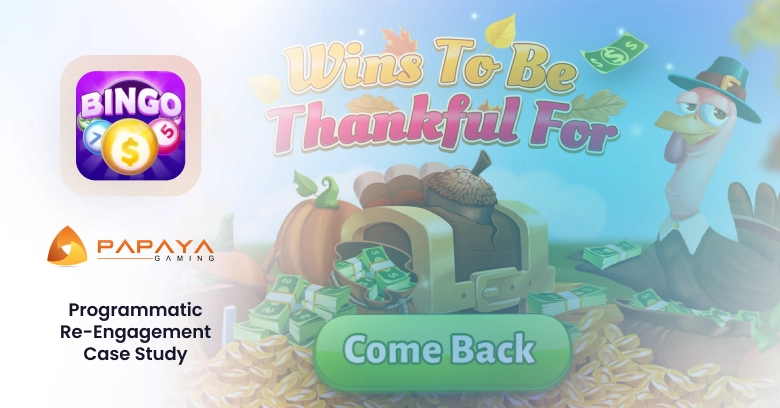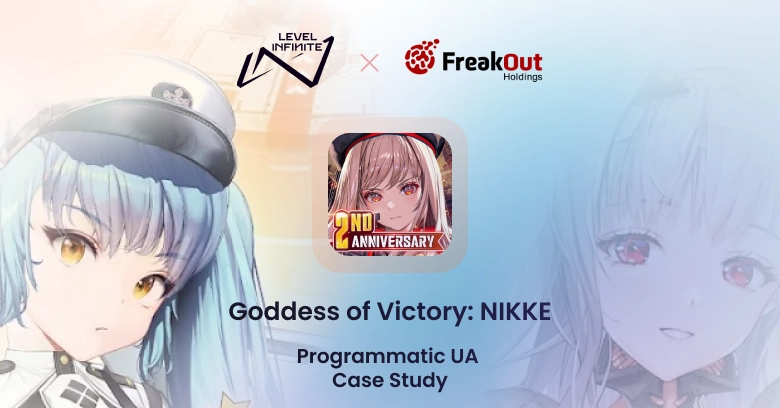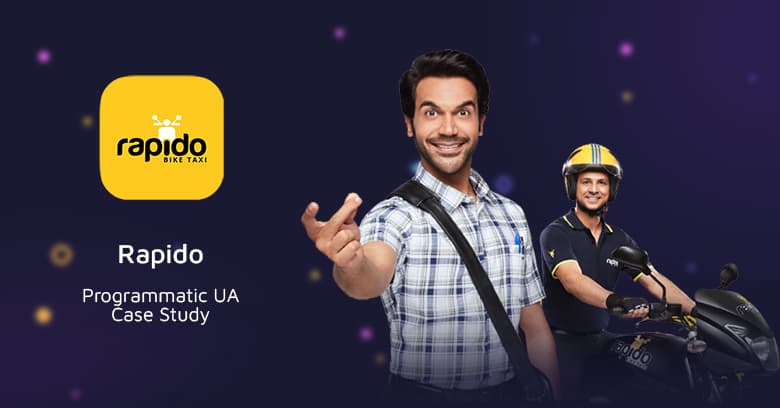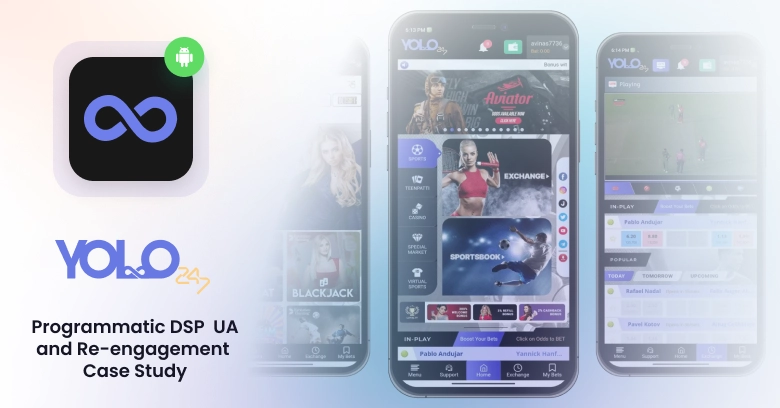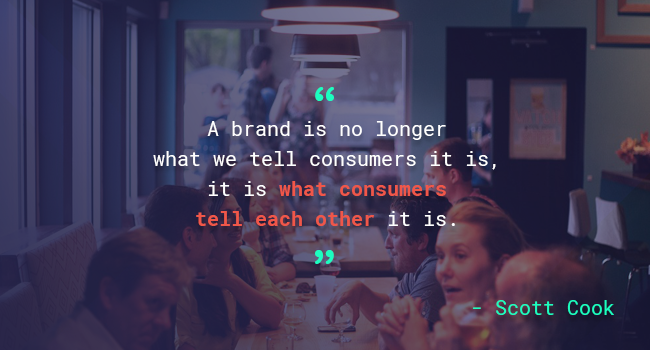
Buying Trust – Thoughts on Influencer Marketing
If you’re like me and a significant portion of the content you consume online is YouTube videos and Twitch streams, you probably run into multiple instances of Influencer Marketing every few days, the exact quantity depending on which creators you follow and how advertisers perceive them.
When I encounter those campaigns myself, while I do understand that creators are running them in order to make a living, I usually dismiss them and sometimes even skip ahead in the video or go watch a different stream. That’s because in most cases these campaigns feel extremely forced and a cash-grab for the creator since it has very little to do with his or her brand.
It also feels like a cheap way for the advertiser to try and buy the consumer’s trust rather than earn it with the product’s merits. And yes, I know the point of marketing is gaining consumer trust, but it shouldn’t be done just by trying to pay someone that’s perceived as credible to say your product is great without really checking (or even caring) if it actually is.
For example, Snoop Dogg streamed a game called SoS on Twitch in January. I tuned in since Snoop Dogg on Twitch isn’t something I can allow myself to miss, and I was quickly disappointed to see what felt like Snoop Dogg pretending to play while actually reacting to another person playing the game live (even Snoop Dogg can’t move his character in-game if he’s busy lighting a blunt) and barely interacting with the viewers in the chat, who expressed plenty of frustration as well (and while chats on Twitch are always salty, this felt a bit saltier than usual).
The number of viewers watching the live stream was impressive, but let’s say I haven’t heard about SoS since then at all.
But a few weeks ago after watching a PewDiePie video dedicated solely to promoting Cheetah Mobile’s game Dancing Line, I actually ended up installing the game myself. The game relatively fits PewDiePie’s brand (even though it’s problematic in the last year) that started his career with gaming content on his YouTube channel, and he seemed to really enjoy playing, which drove me to want to try the game out myself.
In fact, it seems that PewDiePie’s video was so effective, that when it was uploaded on March 23rd, Dancing Line’s download ranks skyrocketed across the board:
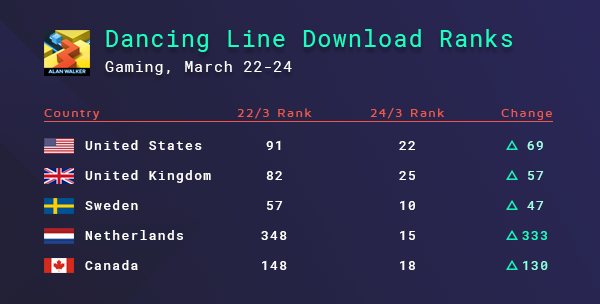
Seeing those numbers and just imagining the effect on the number of installations, let alone the revenue that was generated as a result of this single campaign, you can’t argue with the effectiveness of influencer marketing –when it’s done right.
Don’t Lose Touch
How do you do it the right way, you ask? Well, while I haven’t run any influencer campaigns myself, I have a few ideas that might be worth taking into consideration.
Choosing the Right Influencer
The Snoop Dogg example mentioned earlier is an obvious example of what not to do. At the bare minimum, the influencer should have an interest in the app, or at least it’s genre, otherwise, the exposure you’ll get will end up raising eyebrows rather than your user base.
Personally, I believe that choosing an influencer through a platform that shows you general dry details about the creator, like his reach and how much it costs to promote your product or app with him or her, without watching a few hours of his or her content can’t lead to good results.
A UA manager should know his app’s audience – what they like and who they subscribe to online, and start off by contacting those creators and seeing if they’re interested in promoting the game.
Damage Control
I can think of two bad scenarios that can happen after running a campaign with a creator you think would be a good fit for your app –
- The influencer might criticize the game too much – If you’re not careful, or if your app is buggy and isn’t acting as intended, an honest creator might be brutally honest with his critique and end up causing a negative effect. While you can enforce the extent of criticism the content can contain, you don’t want to go overboard with that, since then it would be obvious to the consumers of the content that the creator is stifled and can’t draw attention to any negative aspects of the app, even if they are blatant.
- The consumers might criticize the influencer for ‘shilling’ – This can easily happen if it’s the first time the creator dabbles in influencer marketing. A way to circumvent this is to make sure the creator knows his critique and reaction should be genuine and that he should explain to his audience why he chose to run this campaign.
I’m sure there’s plenty more to it, but the main conclusion I reached from watching influencer marketing campaigns myself is that the marketers running them should work extra hard on their research before running a campaign.
Consumers are becoming smarter – it’s been almost a century since the first-ever product placement in a movie, and since then we learned how to spot ‘hidden’ commercials and ingenuine representations from a mile away.

